How to become an astronaut: The gruelling selection process for NASA
Space flight for the average person is still a while away, but it might be quicker and easier than actually becoming an astronaut.
The history-making launch of two NASA astronauts to the International Space Station aboard a privately built spacecraft on Sunday morning is hoped to reinvigorate space travel in the US, but if you think you’ll be heading to space any time soon think again.
While space tourism that could allow pretty much anyone to head into space is a long-term goal for many private space companies (though the main goal for Elon Musk’s SpaceX is the colonisation of Mars), at the moment going into space is still reserved for a select few specially qualified people.
RELATED: SpaceX’s remarkable mission to the ISS
RELATED: Surprising passenger aboard launch
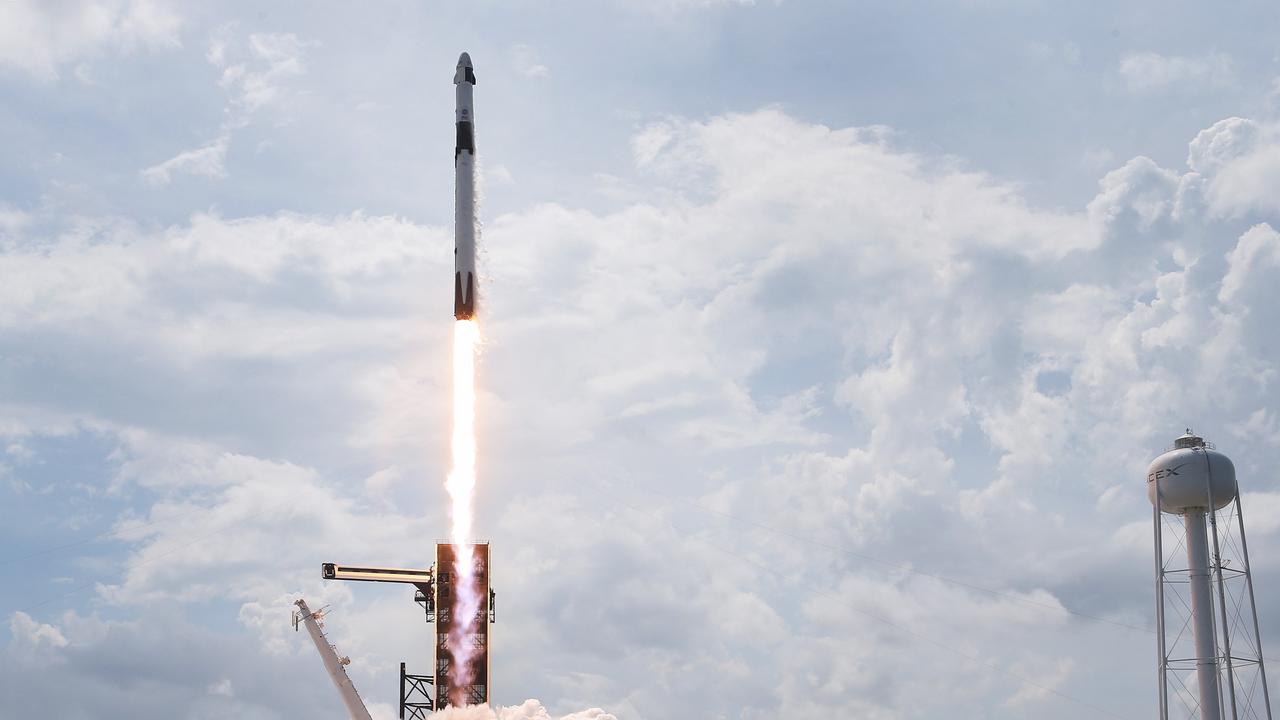
Becoming an astronaut has long been a dream career for many young children (though a survey conducted for toymaker Lego in 2019 found a third of kids between eight and 12 now dream of careers as YouTubers), and Sunday’s launch, the first crewed launch to occur on US soil since 2011, is hoped to keep that candle burning.
But if you want to become part of the next generation of NASA astronauts you’ll need more than a dream and some good luck (though you’ll need a lot of that too).
According to NASA’s requirements you’ll also need some serious education.
The first astronauts were chosen by the military.
They all had backgrounds in engineering and experience flying jets.
But even in those early days, if you met all the lofty requirements you could find your dreams dashed by circumstances outside of your control.
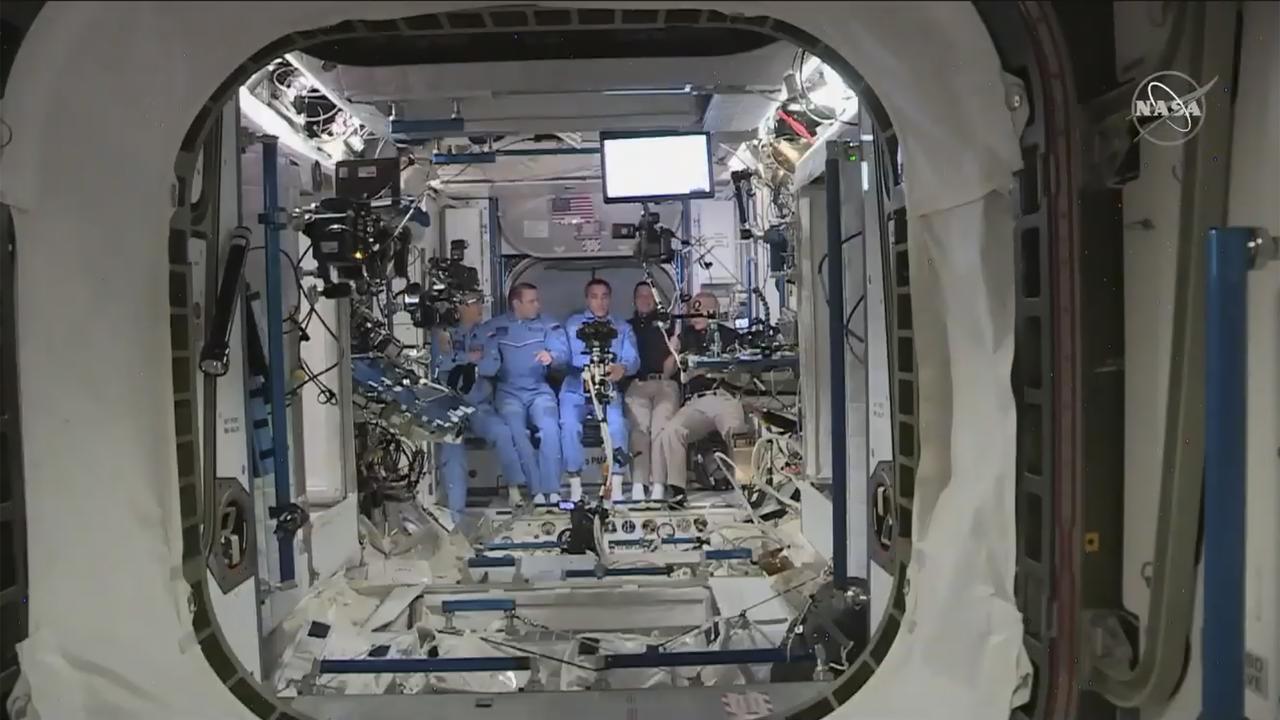
RELATED: Rare ‘ring of fire’ galaxy discovered
The Mercury spacecraft was only so big, so aspiring astronauts taller than 180cm were rejected because they wouldn’t fit inside.
The requirements have changed somewhat as well.
For starters the height restriction has been lifted up to 190cm, with a minimum of 157cm.
If you want to be a NASA astronaut nowadays you’ll also need a master’s degree in a relevant STEM (Science, Technology, Engineering and Mathematics) field from an accredited institution.
NASA doesn’t count many degrees in technology and social sciences degrees don’t count either.
Even after you get the right degree from the right school you need to have at least two years experience working in the field.
You can get around that requirement if you’ve had at least 1000 hours as the pilot-in-command aboard a jet aircraft, but getting to that level and racking up that flight time is similarly difficult, if not more.
You also have to be a citizen of the United States, a large hurdle for some but not an impossible one to clear.
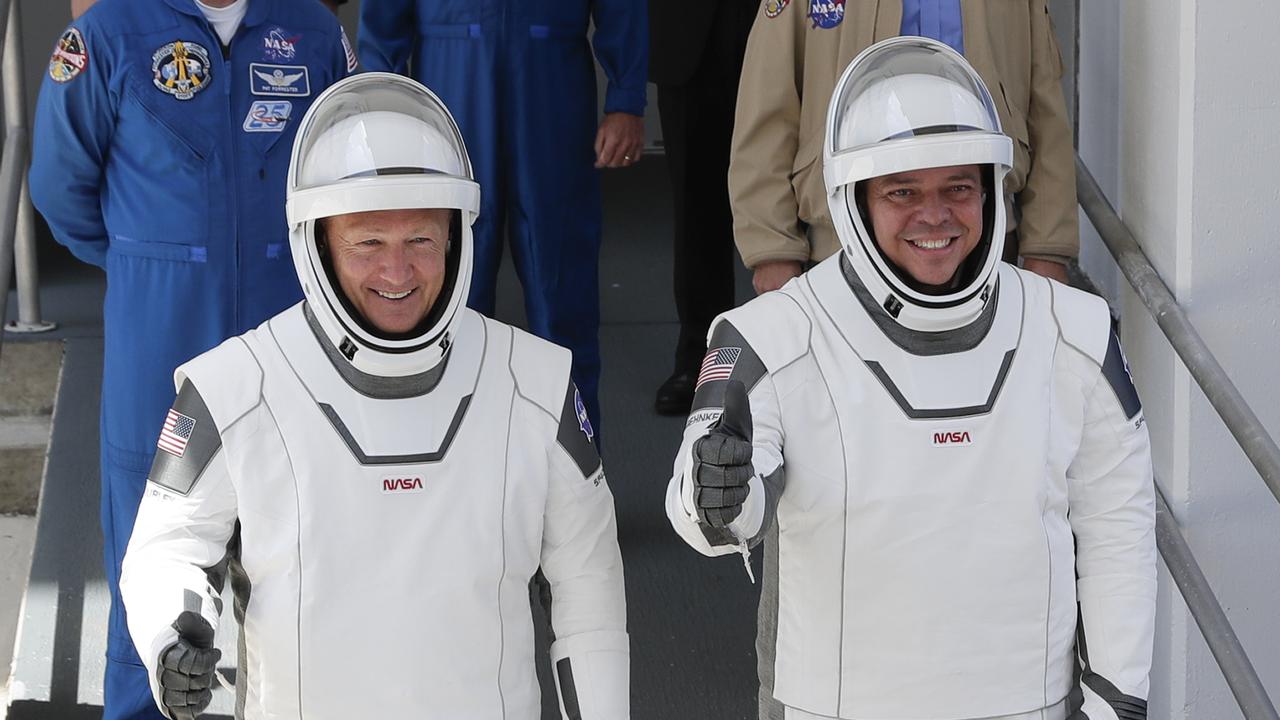
RELATED: Anxious wait as sun ‘wakes up’
Astronauts also need to pass NASA’s long-duration space flight physical, which requires you to have good vision (or at least not so bad that it can’t be corrected to 20/20 in each eye).
Your blood pressure also needs to be below 140/90 while sitting.
If you manage to make it past that stage, NASA’s next chance to dash your dreams comes in the form of a week-long process of personal interviews and medical screenings.
If you pass those and are selected by NASA then congratulations, you’re an astronaut candidate!
Time to pack your bags because you’re off to Houston, Texas for another two years of training and evaluation at the Astronaut Office at the Johnson Space Centre.
Here’s where things start to get really, really difficult, but NASA will at least pay you for your time.
Astronaut candidates are paid between $US53,805 ($A77,573) and $US117,810 ($A169,852) a year for their time in the program, depending on the level of experience they enter with.
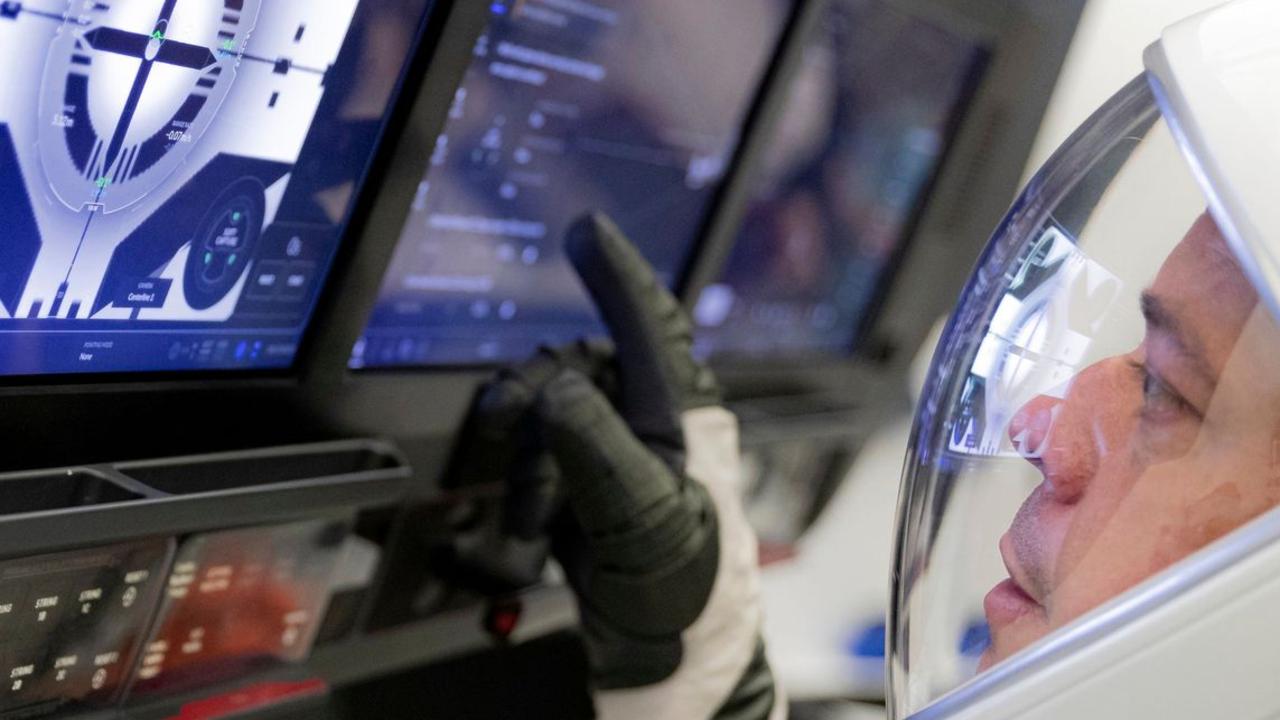
While any ordinary person can fit within a height range, obtain a master’s degree and then a job in that field (or fly jets for 1000 hours), pass screenings and evaluations and then completely uproot their lives to relocate to a new city, Astronaut Candidates need to be a cut above if they want to make it to the next level.
Candidates complete military water survival training and scuba qualifications to prepare for space walking.
While the program can take two years, within the first month you need to be able to swim 75m without stopping, and then do it again wearing a flight suit and tennis shoes.
The flight suit stays on for the next test: Treading water for 10 minutes.
Candidates also go through atmospheric pressure training.
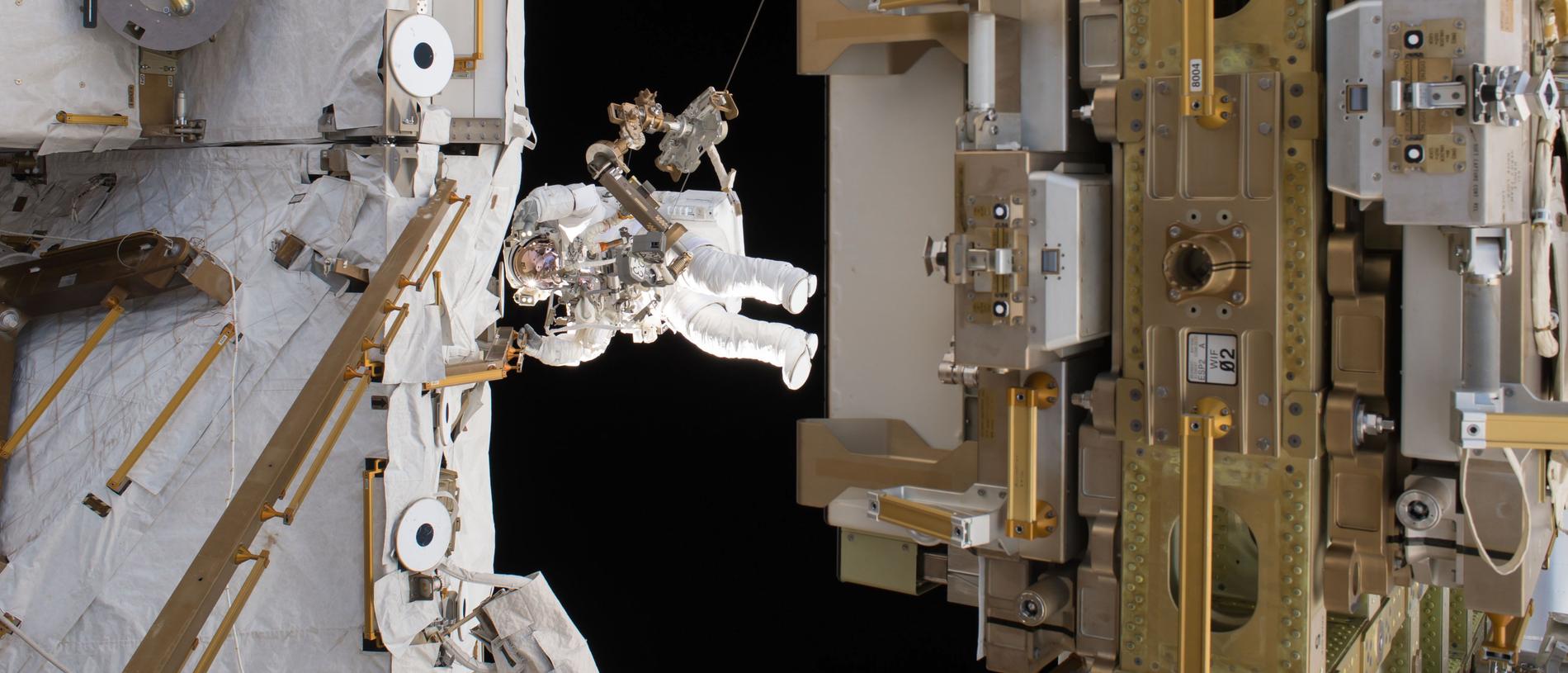
One of the more unique tests is the microgravity exposure.
Candidates board a modified jet aircraft that flies in a parabolic arc, climbing to an altitude and then diving back towards the ground so that its occupants experience weightlessness for up to 20 seconds at a time.
The plane then climbs back up to the right altitude and repeats the process, sometimes as many as 40 times a day.
Other flight experience is also required.
Astronauts who were already pilots fly 15 hours per month in a T38 trainer jet, while non-pilot astronauts do at least four hours a month.
You’ll also need to learn how to speak Russian in order to be able to communicate with cosmonauts aboard the International Space Station.



